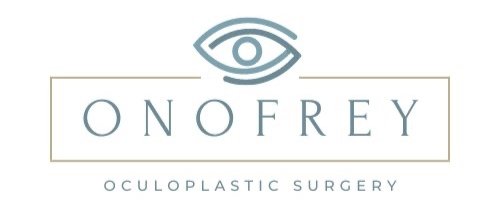CHALAZION & STYES
A chalazion is a very common eyelid condition and is seen in children as well as adults. It is a localized inflammation of the eyelid. Patients will notice a bump on the upper or lower eyelid that can become red, swollen and painful. Mucoid discharge can be noted especially in the mornings when waking which can blur the vision. If the chalazion becomes large, it can press on the eye and cause blurry vision by distorting the curve of the cornea.
A chalazion develops when an oil gland (meibomian gland) is obstructed. These glands are located in the back layer (tarsal plate) of the upper and lower eyelids. When the oils cannot drain into the tear film, they are released into the surrounding tarsal plate and soft tissues. This creates inflammation in the eyelid which the patient experiences as pain and redness of the skin. Chalazia are common in patients with rosacea and blepharitis.
Most chalazia will resolve with conservative management in 4-6 weeks. If the inflammatory mass becomes chronic and cystlike, an office procedure can be performed to excise the back wall of the cyst and remove the inflammatory tissue. Steroids are also injected at that time to manage the inflammation and speed the resolution of the chalazion.
Chalazion
-
Many people use the term stye and chalazion interchangeably. Technically, a stye is caused by an infected eyelash root at the eyelid’s edge or an infected oil gland on the back of the eyelid. A stye (or hordeolum) is considered external if it begins as an infection in the hair follicle. The stye (or hordeolum) is termed internal if it is inside the eyelid and forms from an infected oil-producing gland.
-
Treatment for styes can involve plucking the infected eyelash. To treat both conditions, a warm wet compress should be placed over the affected eyelid for 10-15 minutes at a time, 3-5 times a day. This will help the oil gland open and drain. You may be asked to perform lid scrubs to wash up the lash line. If an infection is present, a topical antibiotic ointment or drops can be prescribed. If the eyelid is extremely swollen and bacterial cellulitis (lid infection) is suspected, an antibiotic pill may be needed.
-
Most chalazia will resolve with conservative management in 4-6 weeks. If the inflammatory mass becomes chronic and cystlike, an office procedure can be performed to excise the back wall of the cyst and remove the inflammatory tissue. Steroids are also injected at that time to manage the inflammation and speed the resolution of the chalazion.

“Dr. Onofrey is absolutely amazing! She takes the time to explain to her patients and does everything to get optimal results. am very happy with my results..thank you!!
— MISHEL ANES, PATIENT

